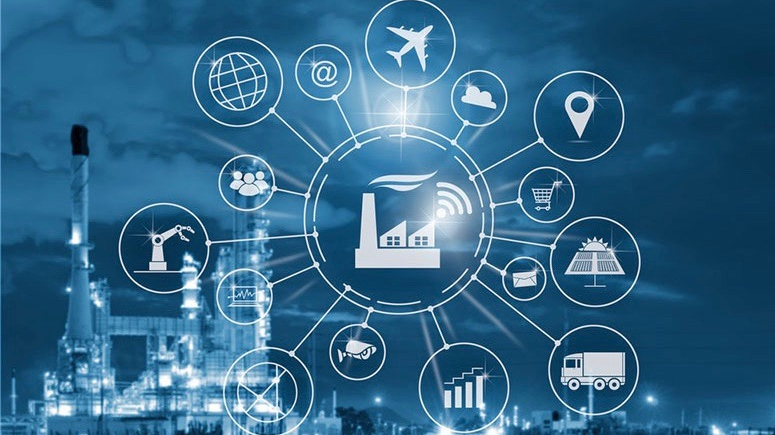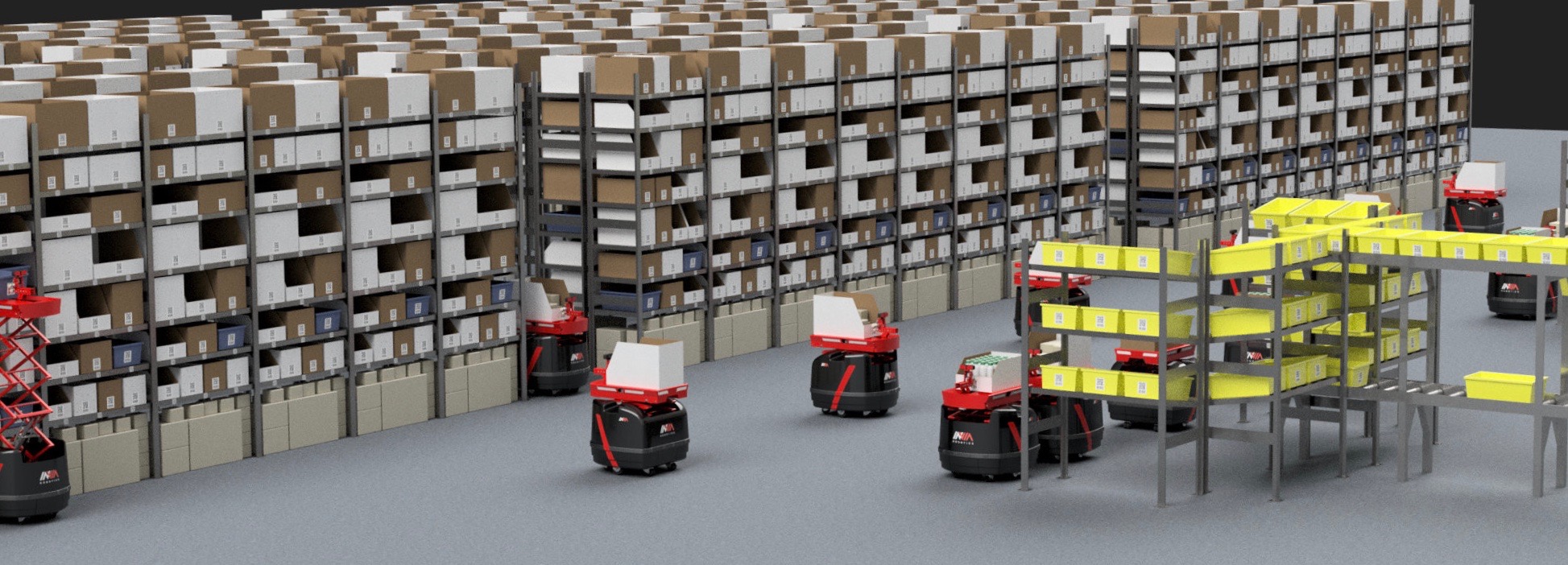Gartner Predicts the Future of Supply Chain Technology
Emerging and maturing supply chain technology is a major source of competitive advantage. In the future, the global supply chain will have positive changes along with the application of digital technology and developing towards sustainability.
Let’s take a look at Gartner’s future supply chain technology predictions!
Digital remains a strategic imperative for supply chain organizations. In the Gartner 2019 Supply Chain Technology User Wants and Needs Survey, a majority of respondents claimed digital as their core strategy and focal point and supply chain management technology as a way to get ahead of the competition.
“Take note of these Gartner 2021 predictions to advance digital maturity and business performance”
“It’s a good thing that supply chain technology gets the attention it deserves,” says Dwight Klappich, VP Analyst, Gartner. “However, emerging supply chain management technologies are often overhyped, and leaders must aim to fully understand the risks and opportunities associated with each new technology.”
The next three to five years will usher in not only an increase in the adoption of digital supply chain technologies but also new, more IT-focused roles that supply chain leaders must integrate.
Through 2023, demand for robotic goods-to-person systems will quadruple to help enforce social distancing in warehouses
Robotic goods-to-person (G2P) systems fulfill two key demands of warehouse operators. They address the need for social distancing by moving goods from one person to another — and they perform this task in such an efficient way that they increase productivity and improve storage density along the way.
“While the social distancing aspect is an imminent benefit, robotic G2P systems will provide value long after the pandemic is over,” says Klappich. “This technology is advanced and economical, and can easily be tailored to work in every kind of warehouse environment.”
By 2023, 50% of global product-centric enterprises will have invested in real-time transportation visibility platforms
Once shipments leave a warehouse, customers and consumers have little visibility into the status of their orders and shipments. Real-time transportation visibility platforms address that problem, and the market is projected to grow rapidly in the next couple of years.
The market is highly fragmented, however. Supply chain technology leaders must conduct careful due diligence to identify the right technology partner to work with on visibility projects. Vendors should be selected based on regional and modal coverage and how well they align to the company’s existing carrier network.
Through 2023, less than 5% of control-tower-like deployments will fulfill their end-to-end potential due to mindset and cultural obstacles
Interest and demand for supply chain control towers is high — and growing. Still, the number of companies that have deployed and fully exploited control towers across their end-to-end supply chain is small.
Why? Most supply chain organizations are functionally siloed and therefore measured within their respective domains and roles. A significant end-to-end transformation that would make full use of all capabilities of a control tower would require a complete shift in mindset. And from a technology standpoint, it would require a digital supply chain twin. Most companies are not ready to take that step quite yet.
Through 2024, 50% of supply chain organizations will invest in applications that support artificial intelligence and advanced analytics capabilities
The COVID-19 pandemic amplified the need for supply chain organizations to seek tools that help them make better and more informed decisions faster. That’s why leading supply chain organizations use artificial intelligence (AI) and advanced analytics to dig through the vast amounts of data they generate to understand what is happening in their business now and — more important — what is likely to happen in the future.
Companies will continue to invest in applications that embed, augment or apply AI and advanced analytics tools. This may be to address foundational areas such as data quality or connecting disparate silos, or strategic objectives such as migrating to more automated, resilient and smarter applications.
*Source: Gartner











